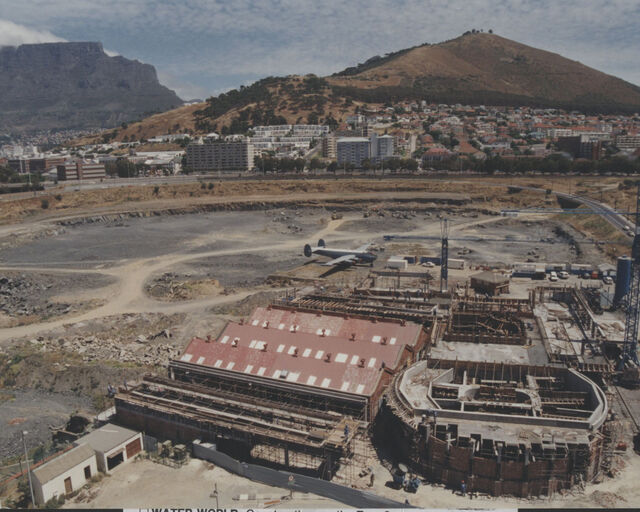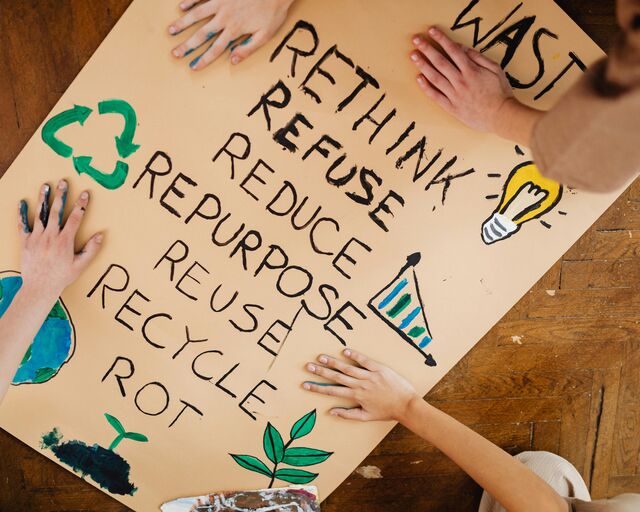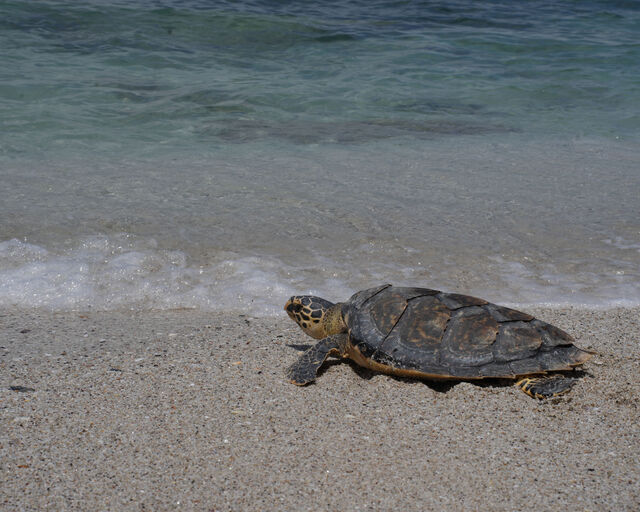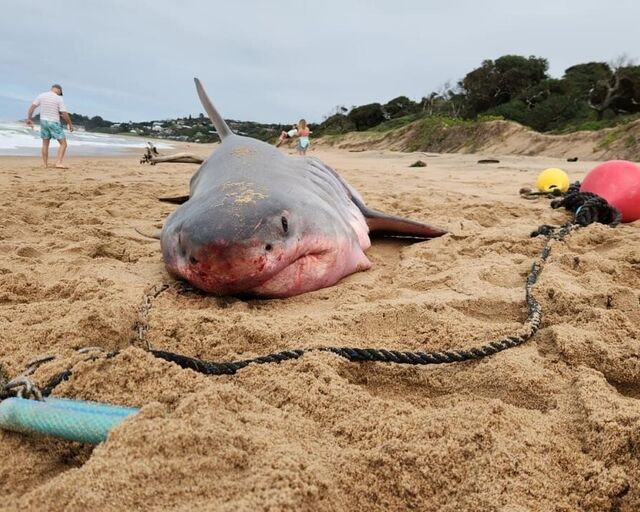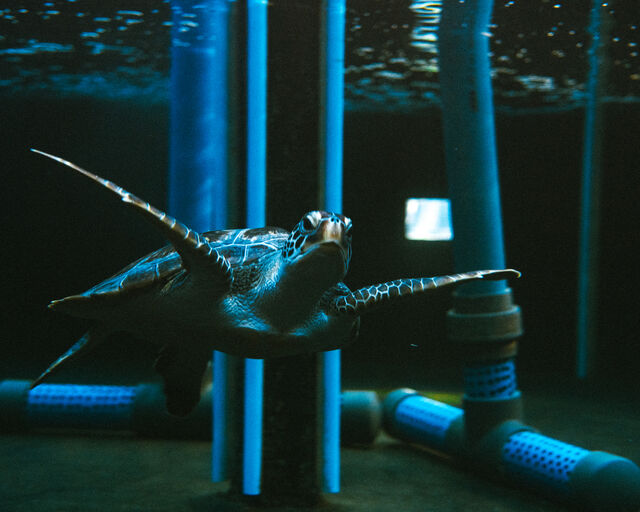The plastic problem: how much plastic pollution is in our ocean?
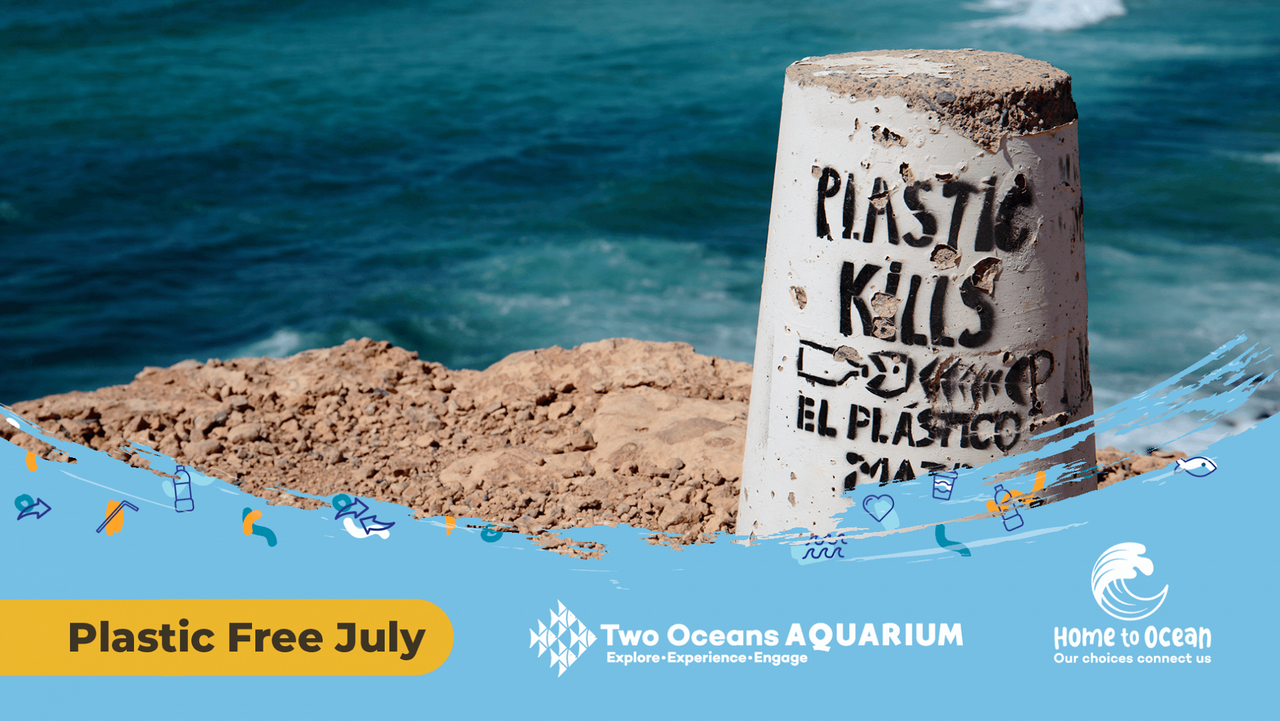
Marine plastic debris is one of the most pressing environmental concerns facing the world today. Animal entanglement, microplastic ingestion, bioaccumulation of toxins, endocrine system disruption in humans - these are just a few of the devastating effects that plastic pollution has on us and the environment. Our oceans are choking.
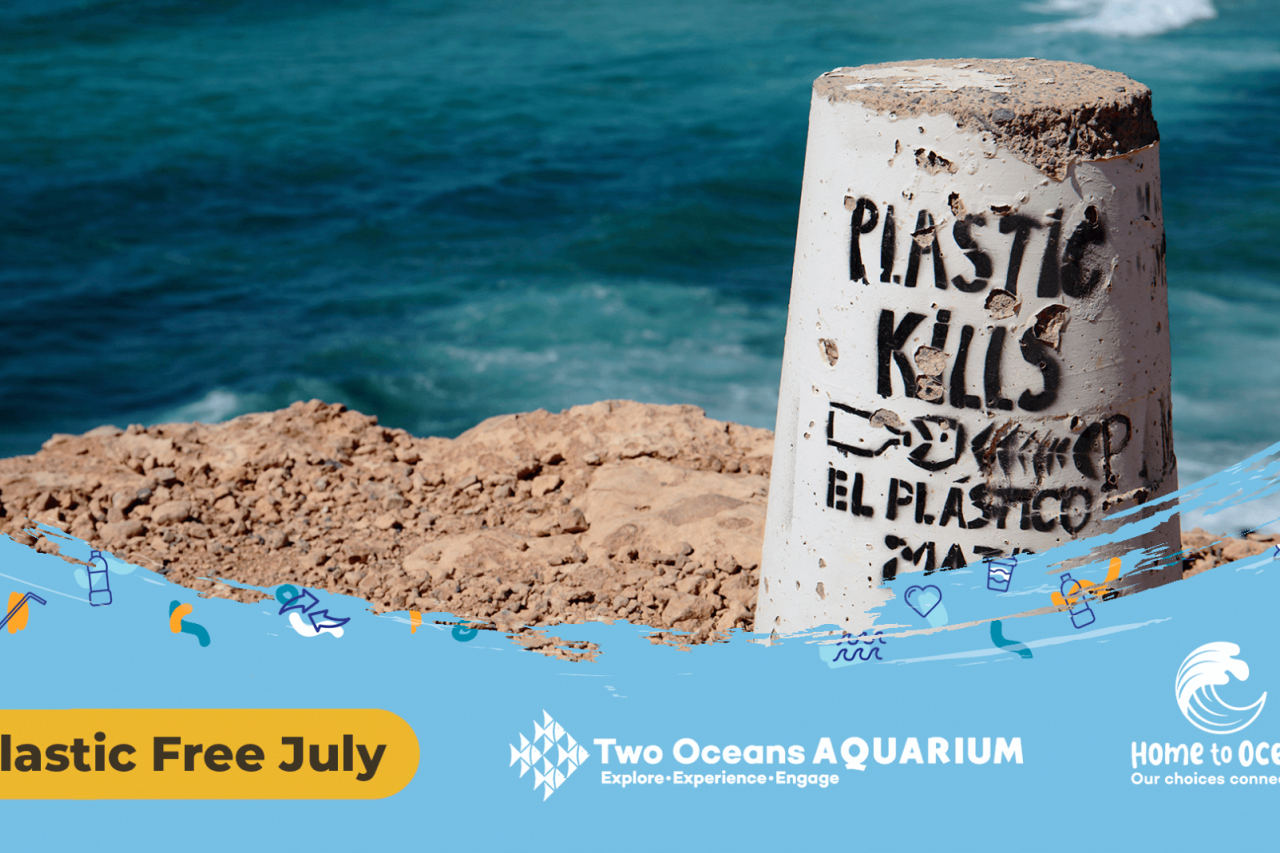
To understand this problem, and why it is such a huge concern, let's investigate the sources of this pollution.
How much plastic is in the ocean?
Right now there are as many as 51 trillion pieces of microplastic in our oceans - that's more than 500 times the number of stars in our galaxy.
The demand for plastic has increased dramatically over the last 70 years. More than 300 million tonnes of plastic is produced globally every year - half of which is used only once and then disposed of. Less than 14% of plastic produced is recycled, with the remaining 86% ending up in the ocean, environment or landfills. In total, there are about 6.3 billion tonnes of plastic in the world's landfills - the weight of a billion elephants!
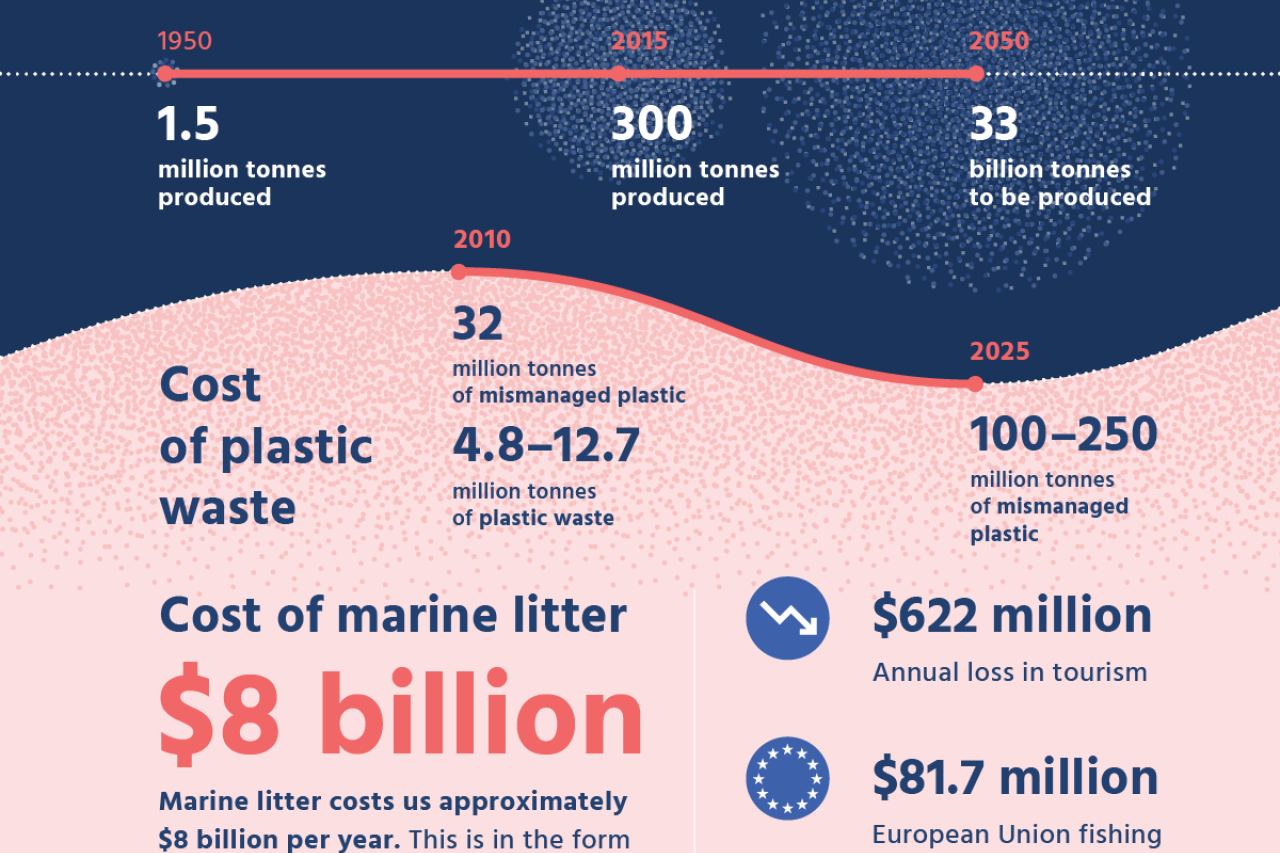
More than 8 million tonnes of discarded plastic ends up in our oceans every single year. Once it is there it doesn’t readily go away.
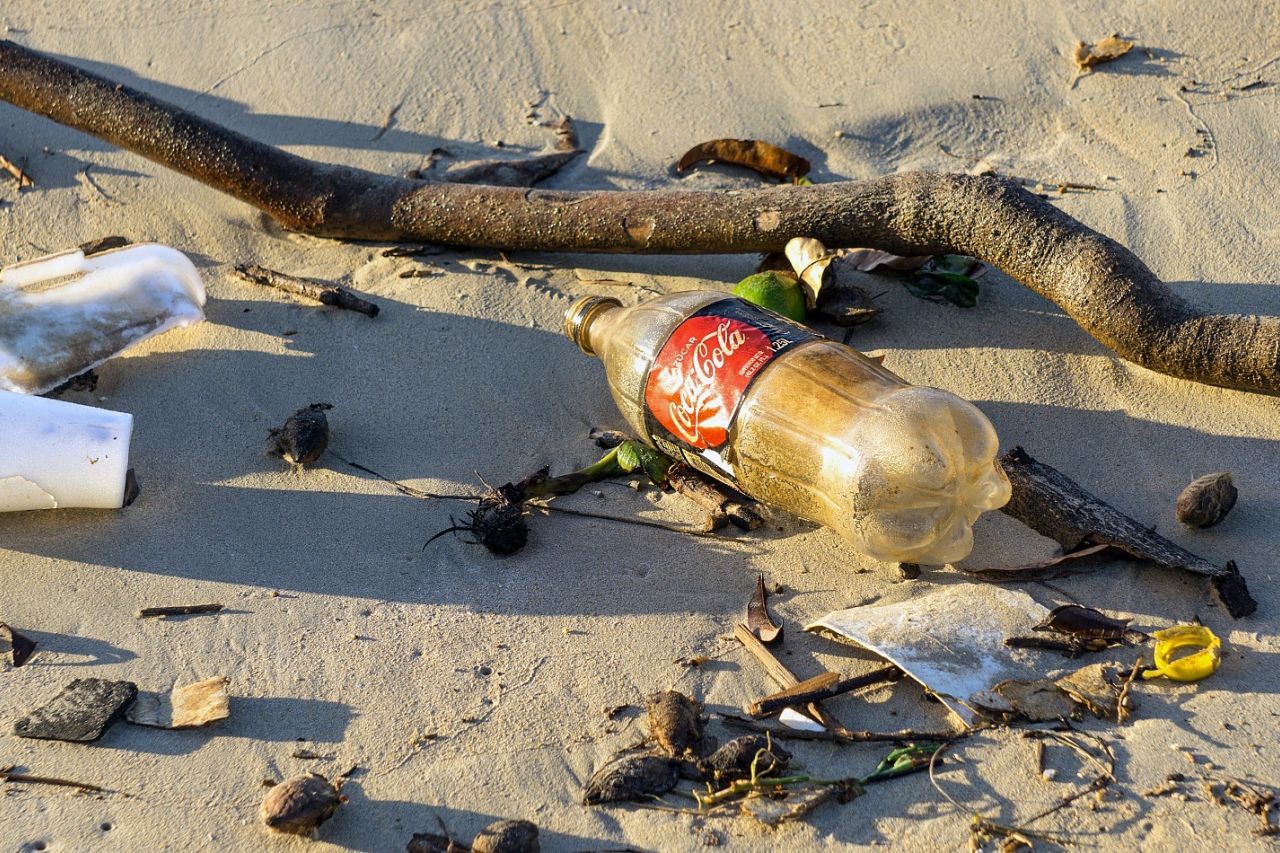
What we see floating at the surface is just 5% of the plastic pollution in the ocean - the other 95% lurks below the surface, according to Ocean Conservancy. This plastic will remain in the ocean for hundreds, or thousands of years. It does not rot, it does not go away.
Where does marine plastic come from?
There are two sources for this waste - land-based pollution, such as plastic blown into the sea from a littered beach or washed into the sea by stormwater, and ocean-based pollution which comes from garbage disposed of at sea by ships and abandoned and lost fishing gear.
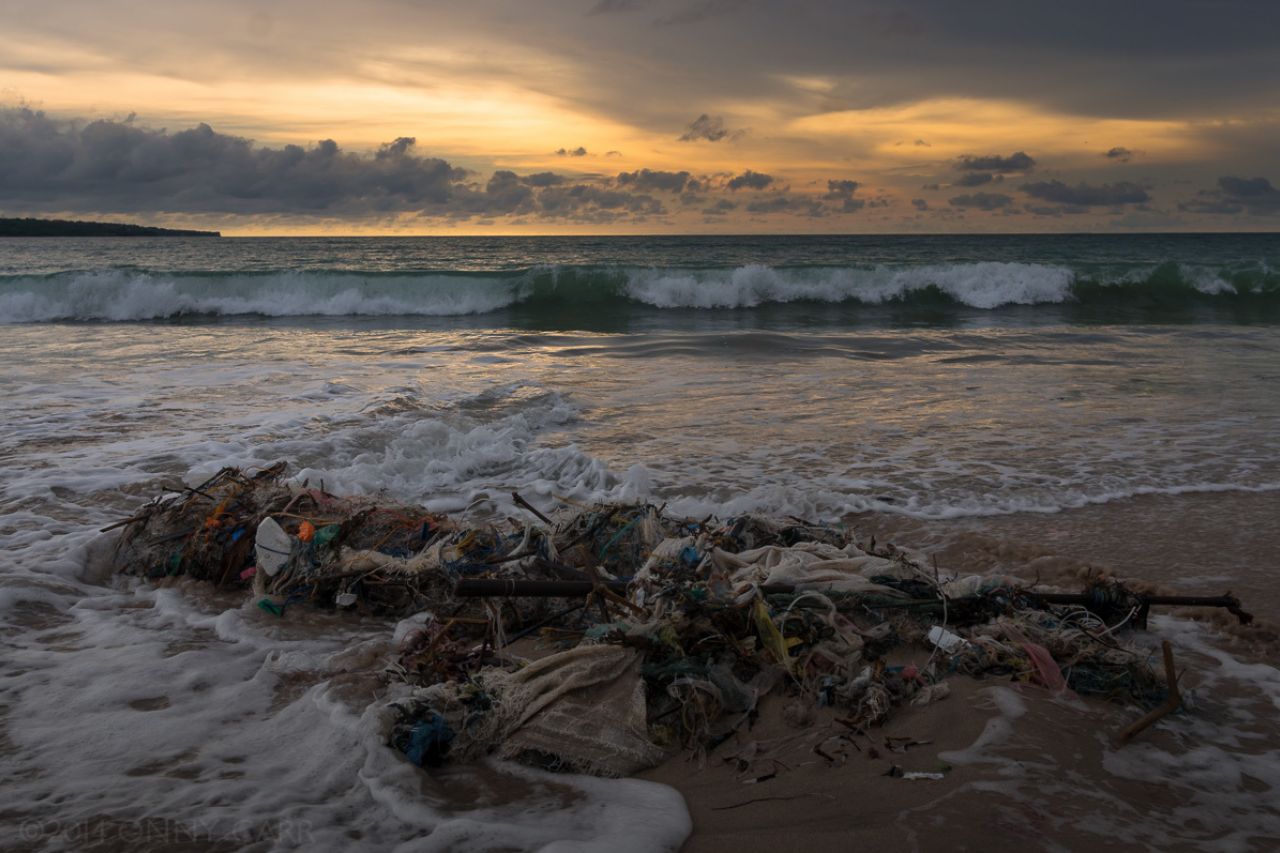
Discarded fishing gear makes up an estimated 20% of all marine debris, but a staggering 80% of all ocean garbage originates from land-based sources. We should not find this fact surprising - about 50% of all plastics are only used once and then discarded.
Between 1.15 to 2.41 million tonnes of plastic enters the oceans via rivers. Pollution from settlements along just 20 rivers contributes as much as 67% of this total - these rivers are mostly in Asia, but also feature river systems in Africa and South America.
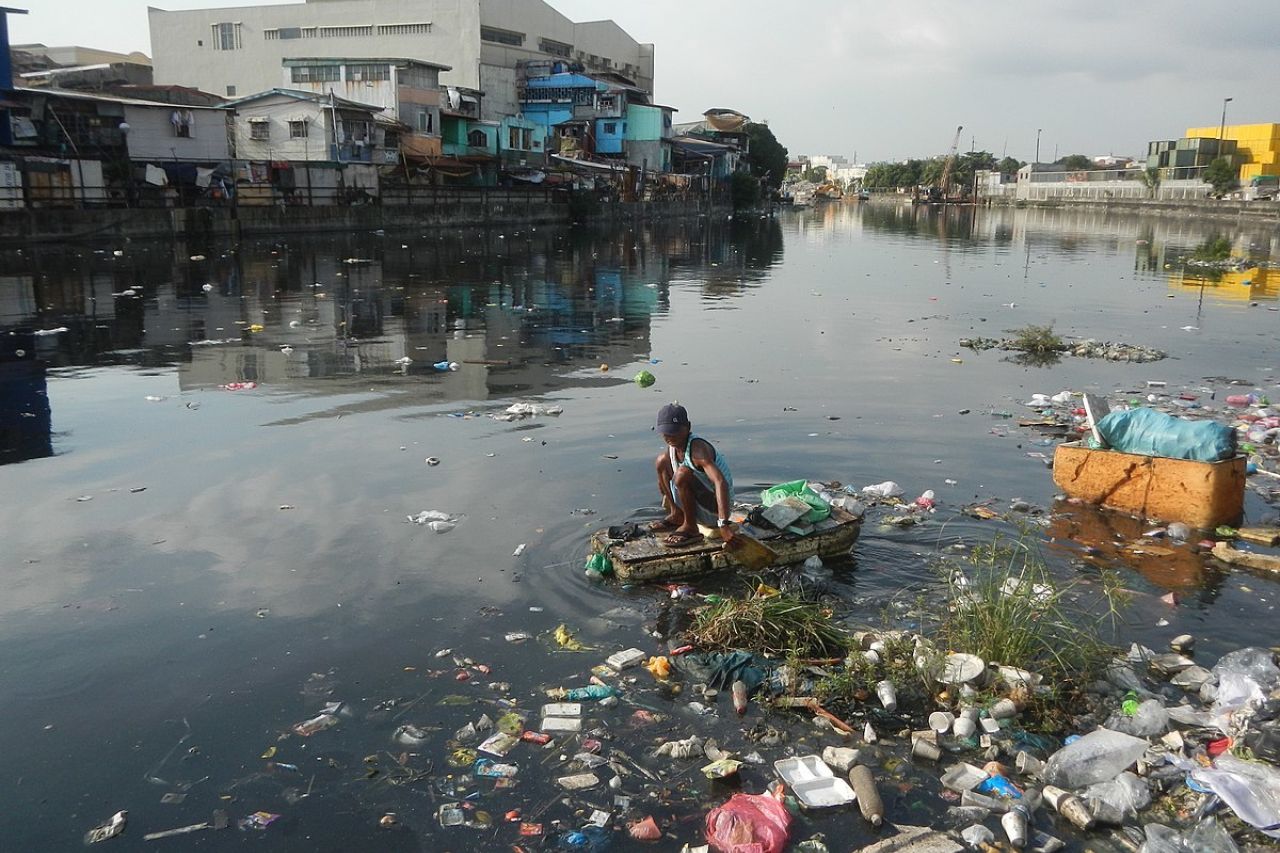
Single-use plastic – the majority of marine waste
Plastics comprise 90% of all marine debris, with single-use food and beverage containers being one of the most common items found in studies. Plastic debris in the ocean varies greatly in size, from tiny microplastics that are invisible to the naked eye to large pieces of plastic debris, such as discarded fishing gear, which can extend for metres or in some cases even kilometres.
Where is all the plastic?
Because plastic has such a low density compared to water, it is easily transported far and wide by ocean currents, winds and rivers. Whether it drifts along the surface or is carried along the seafloor, there is no part of the ocean that has not been touched by plastic pollution.
These plastic particles affect every part of our oceans. It's contaminated the darkest reaches of the Mariana Trench, over 10km deep. It becomes frozen into icebergs and Arctic sea ice. Plastic is even affecting volcanoes, creating new rocks that are going to scar our world for millions of years.
Large volumes of plastic accumulate within five oceanic "garbage patches", also known as gyres, located in the Atlantic, Indian and Pacific Oceans. The largest of these is the Great Pacific Garbage Patch which stretches across the Pacific Ocean between Japan and North America, with the greatest concentration of garbage lying in the stretch of ocean between California and Hawaii where scientists estimate concentrations of plastic to be around 480 000 pieces per square kilometre.
While large pieces of plastic do accumulate in the gyre, rather than being an island of plastic, in reality, this is more like a plastic soup, consisting mostly of tiny bits of invisible microplastic. Surveys conducted by Captain Charles Moore and other researchers have found higher concentrations of floating plastic in the gyres than anywhere else in the ocean - up to 334 271 tiny bits of plastic for every square kilometre in the North Pacific Gyre and 20 328 in the North Atlantic Gyre. The recovered plastic weighed approximately six times more than plankton netted in the same survey.
How does this plastic deteriorate?
Plastics are so popular because they are cheap, extremely durable and long-lasting. However, this trait also makes them persistent pollutants in the environment.
Plastics are photodegradable – meaning that they break up into smaller and smaller pieces when exposed to sunlight. Because the temperature they are exposed to in the ocean is much lower than that on land, the breakdown process takes much longer in the marine environment. But while plastic debris is slowly breaking up in the ocean, more and more plastic is being tossed or washed into the sea – at a rate far faster than what it is breaking up.
Consequently, there is a LOT of plastic in the ocean – it comes in all shapes, forms, and sizes, and is found floating on the surface, suspended in the water column or littering the ocean floor, and eventually washes up on beaches around the world, wreaking havoc with marine life in all these ecosystems.
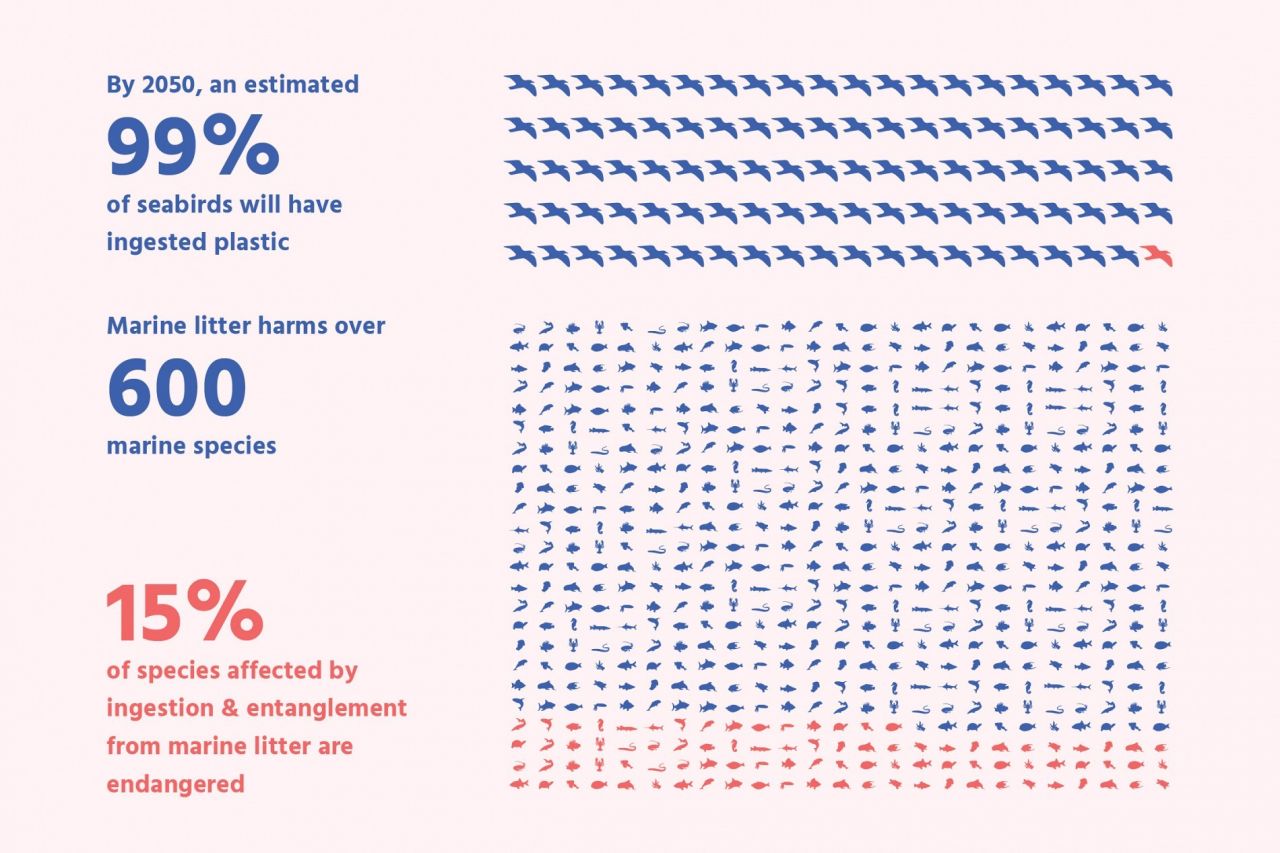
Article is adapted with permission from the original article by SloActive.
